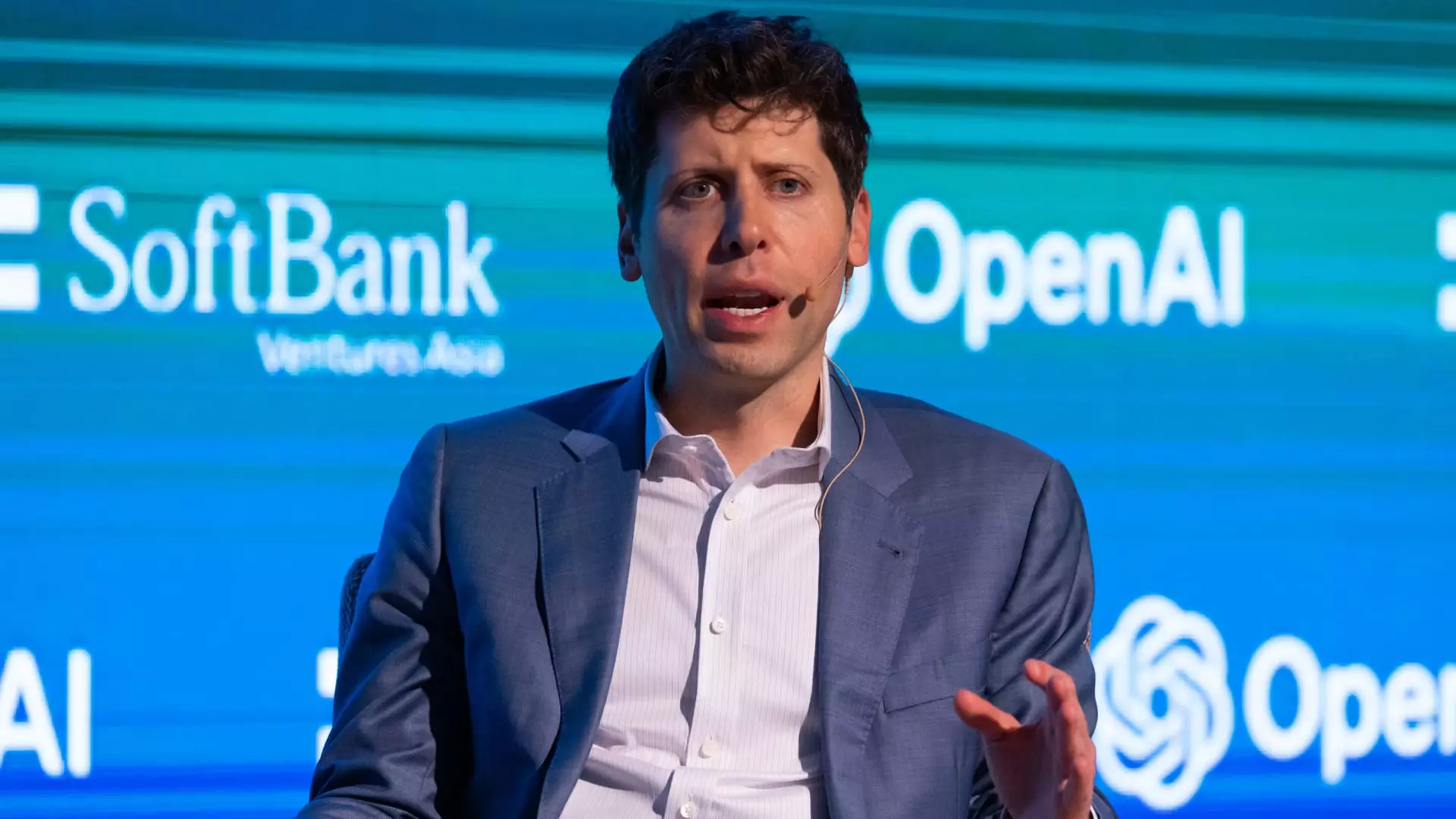In a bold move to stay viable in an increasingly fierce marketplace, OpenAI announced on Friday its plans to transition into a public benefit corporation (PBC) by 2025. This change signals a significant pivot from its current nonprofit structure, which has constrained its ability to attract substantial capital necessary for growth. The board of OpenAI has acknowledged that the astronomical investments being poured into artificial intelligence (AI) development—amounting to hundreds of billions from various corporate giants—are indicative of the capital requirements to sustain its ambitious objectives. The shift toward a PBC facilitates a conventional equity model, aligning OpenAI with other high-growth startups in the tech space, hence enabling them to attract investor interest more effectively.
OpenAI’s $157 billion valuation exemplifies the rapid growth it has experienced since the inception of its popular chatbot, ChatGPT, and highlights the surging market for generative artificial intelligence. The latest funding round of $6.6 billion, completed in October, positions the organization to compete not just with well-established tech behemoths like Microsoft and Google, but also with new entrants like Elon Musk’s xAI. The AI market is projected to exceed $1 trillion in revenue within the next decade, heightening the urgency for OpenAI to secure necessary investments and innovate at an unprecedented scale.
Despite the promise indicated by its valuation and investment rounds, OpenAI faces significant financial headwinds. The company is projected to experience losses of approximately $5 billion against revenues of around $3.7 billion this fiscal year. This stark financial outlook propounds the need for a robust strategy to manage costs while simultaneously investing in cutting-edge technology. The production of state-of-the-art large language models that serve as the backbone of ChatGPT entails hefty expenses related to cloud infrastructure, primarily supplied by Microsoft, and high-performance computing resources from companies like Nvidia.
The decision to form a PBC will consequently allow OpenAI to streamline its commercial operations. Additionally, a separate nonprofit branch is intended to focus on philanthropic ventures in critical sectors such as healthcare, education, and scientific research, preserving the organization’s initial mission while facilitating growth. As articulated in OpenAI’s statement, the nonprofit sector will retain substantial interest in the PBC, ensuring that it can simultaneously fulfill public obligations and commercial aspirations.
However, the transition is not devoid of challenges. One notable hurdle is the legal friction involving co-founder Elon Musk, who has publicly criticized the organization’s current direction. Musk’s recent lawsuits against OpenAI reflect his discontent with the transition to a profit-oriented structure and cast a shadow over the organization’s future direction. In hostile social media statements, Musk has labeled OpenAI’s move towards a PBC a “total scam,” suggesting that the company has strayed from its original mission. In response, OpenAI asserted that Musk had previously sought to establish a for-profit dimension to the organization, introducing further complications to their professional relationship.
In addition to Musk’s animus, OpenAI faces significant personnel challenges with several high-level executives either leaving or being terminated. Such departures, including the recent exits of Chief Technology Officer Mira Murati and research chief Bob McGrew, indicate potential discord regarding the company’s operational priorities. Many of these former executives have expressed concerns over the company’s increasing focus on commercial applications, allegedly at the expense of user safety and ethical considerations surrounding AI deployment.
OpenAI’s decision to restructure itself into a PBC could establish a significant turning point, allowing the organization to recalibrate its mission while remaining agile in an era of rapid technological advancement. As it shifts toward conventional equity, OpenAI must tread carefully to maintain a balance between commercial viability and its foundational commitment to responsible AI development.
CEO Sam Altman has attempted to mitigate concerns surrounding executive turnover, asserting that these strategic discussions about restructuring were independent of the personnel changes. However, the high-profile exits of key figures raise questions about the internal culture of the organization and its overarching mission.
OpenAI is at a crossroads where it must reconcile its ambitious growth aspirations with its ethical obligations. The establishment of a public benefit corporation could prove instrumental in this endeavor, enabling it to innovate while still holding onto the principles that sparked its creation. As AI technologies continue to revolutionize various sectors, how successfully OpenAI navigates this transition will be critical in determining its long-term sustainability and impact.

